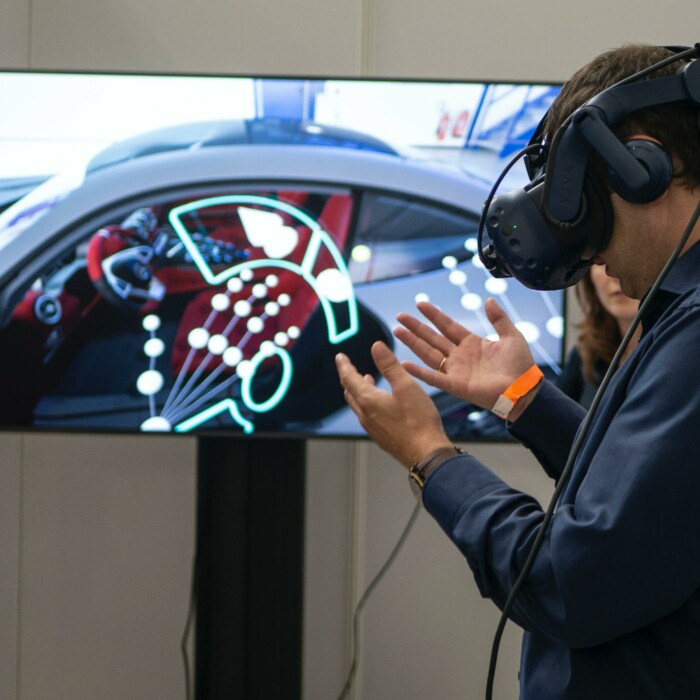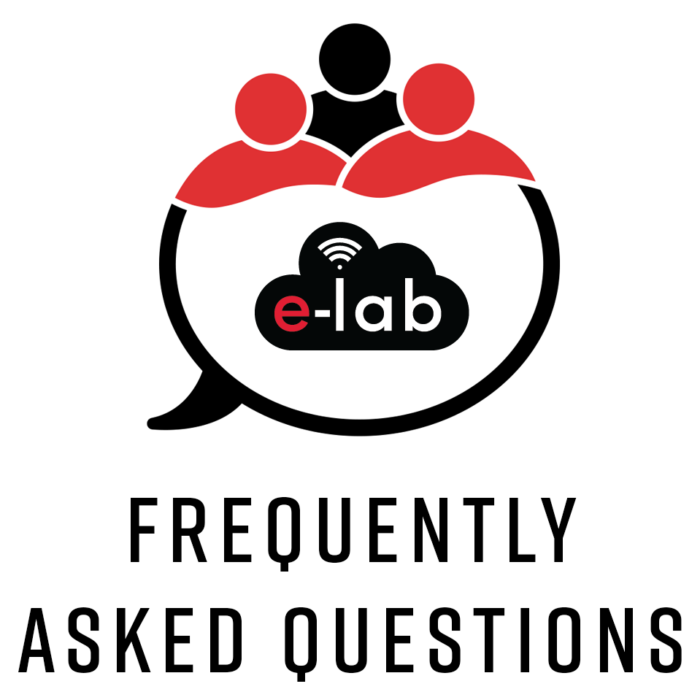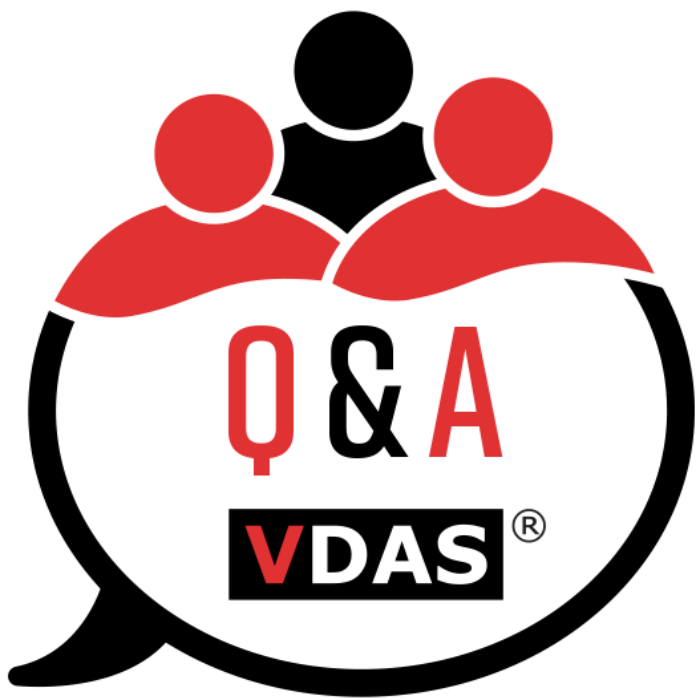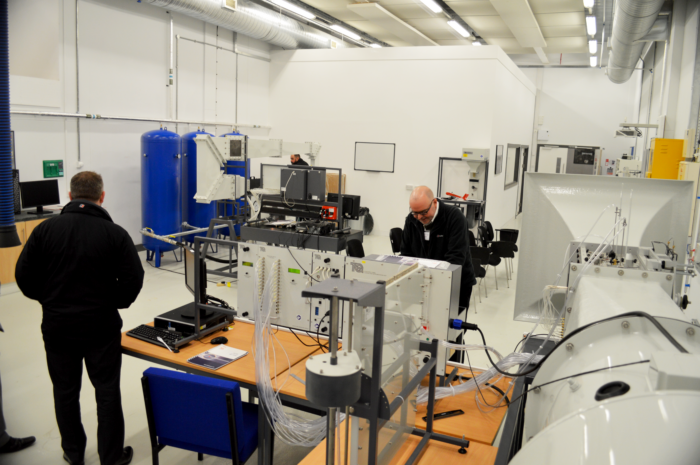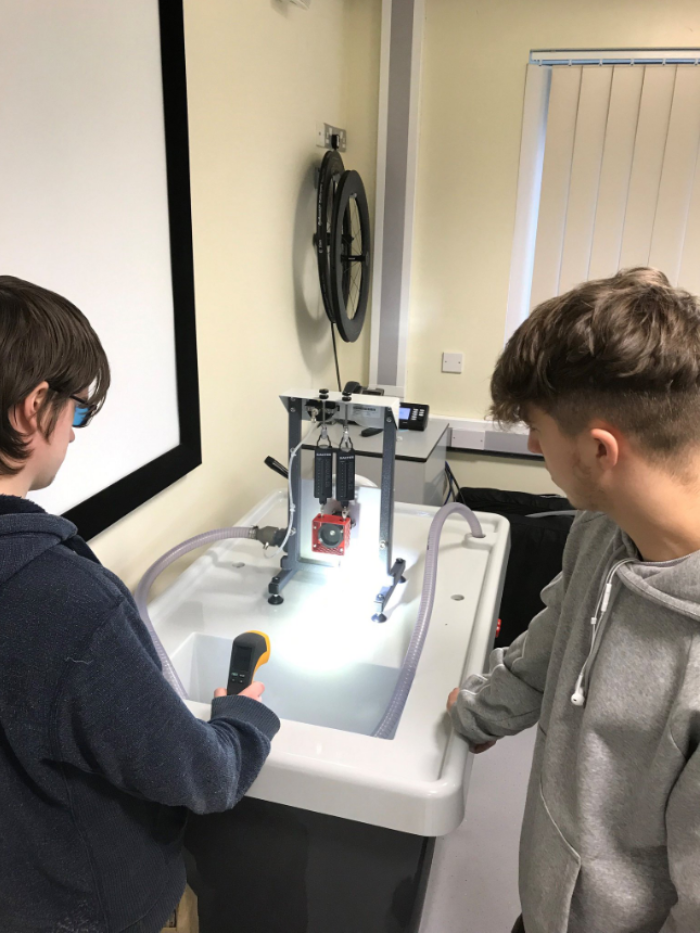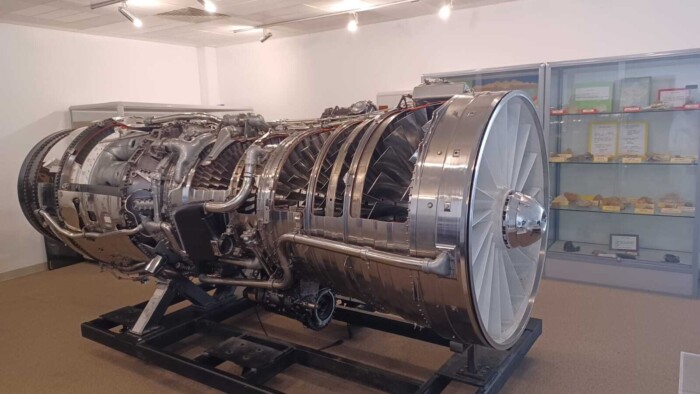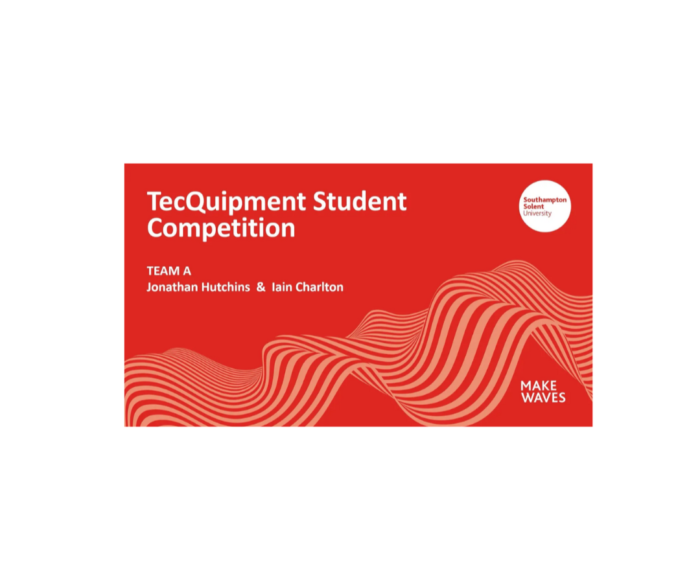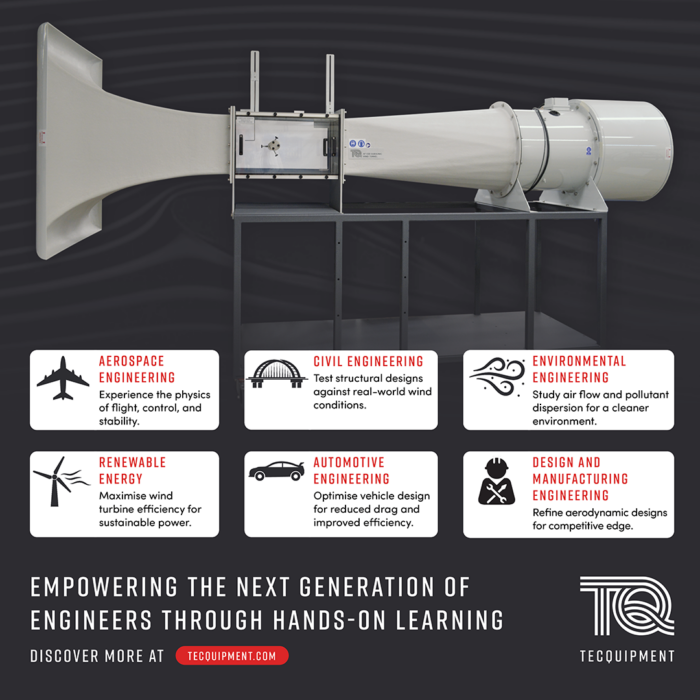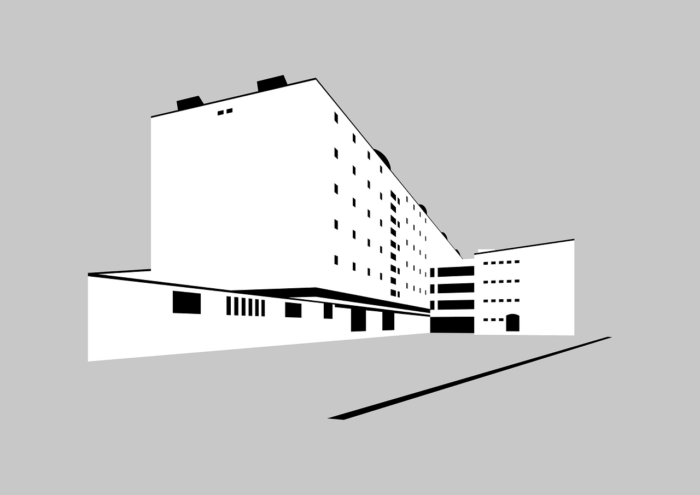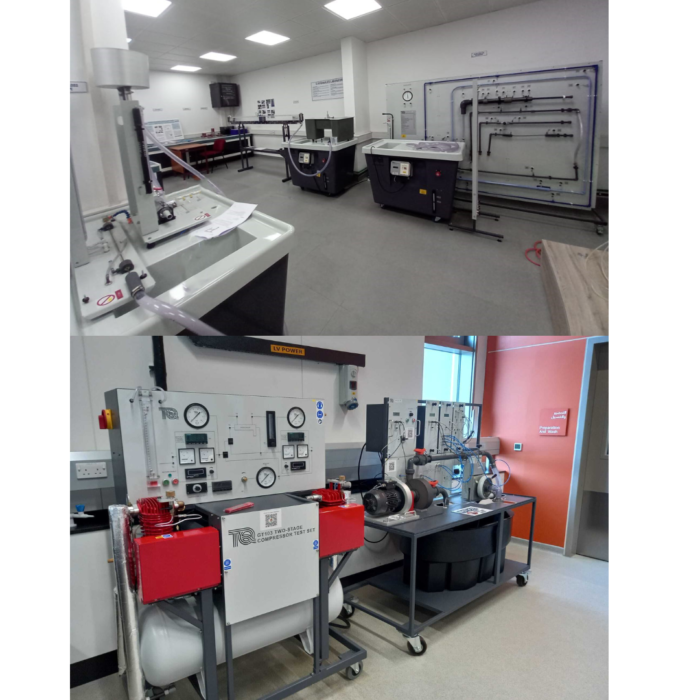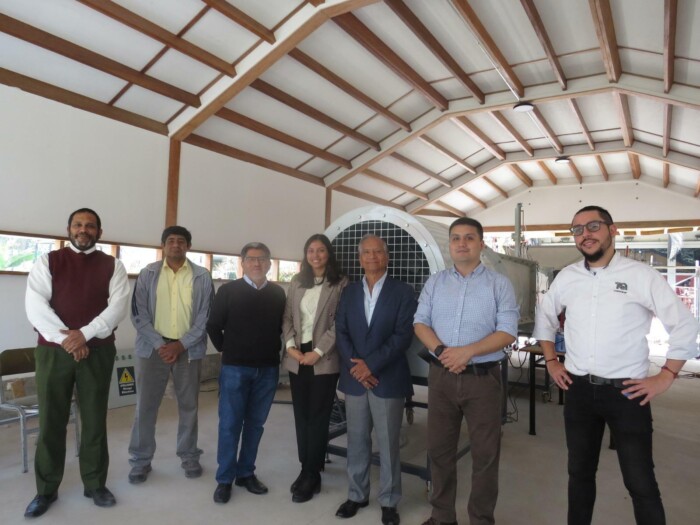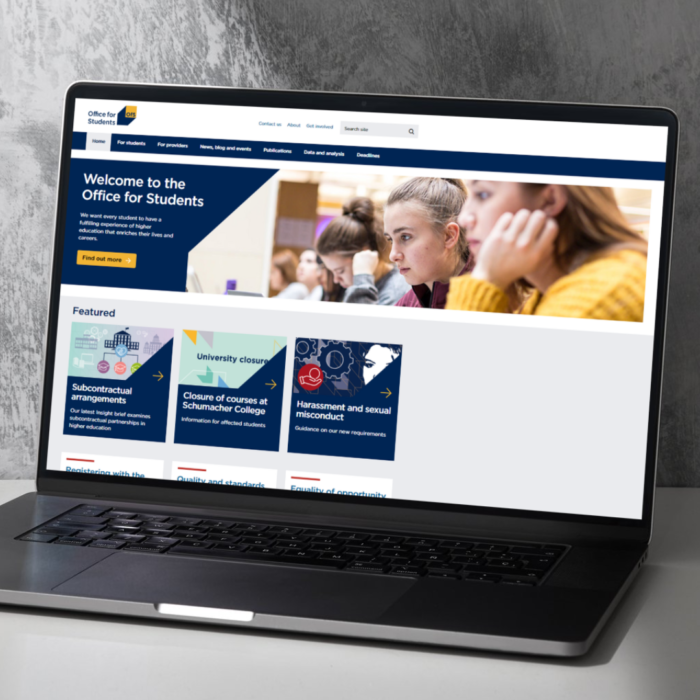Is VR Technology in classrooms the future of education?
Virtual reality is the use of computer technology to create a simulated environment, so the user experiences a place or event whilst being somewhere else through a device or headset such as Valve index, HTC, PlayStation, and Oculus. You might think this technology has only been around for a few years, but in reality, basic VR devices have been around since the 1970’s for use in medical, flight simulation, automobile industry design and military training.
If the first recorded uses of VR headsets were for training, is the next step not for VR to be used as a training or educational tool across many fields? Before 2009 the University of North Carolina, USA, used virtual reality to investigate interactions between molecules, such as drug-protein interaction[1]. Now institutions are using the use of VR in larger scale partnerships. In February 2021 Morehouse College, USA, used Oculus Quest 2 VR devices and the Victory XR platform to teach three classes, Biology 105, History 112, and Inorganic Chemistry. This trial was partly in response to the pandemic, “Providing an immersive classroom experience for our students during this pandemic is important and Morehouse College is pleased to lead the way”, but equally due to innovative ideas in how to deal with the issue of student engagement and attendance faced by many educators[2]. From that success and research findings, showing that learners were, 4x more focused using VR and 3.8% more connected to lessons[3], more universities are trialling the use of VR technology in what is being referred to as Metaversities.
What is a Metaversity?
A metaversity is a university that uses immersive virtual reality. Students and faculty can either be in face-to-face classes or be remote and with the use of VR allowing them to meet synchronously. These classes then use the VR headsets as simulators: students may learn history while “traveling” on the Underground Railroad, or see a molecule in a chemistry class, or learn about literature while “sitting” on the judge’s bench in the courtroom that was at the centre of ‘To Kill a Mockingbird.’
Morehouse College will continue the program to teach Biology, world history, and inorganic chemistry after they piloted the proof-of-concept metaversity classes. Now students at 10 more universities will be trialling the metaversity program experience, as part of a growing educational-technology trend that promises to broaden higher education reach.
What are the benefits of using VR in education?
Metaversities could help boost student achievement, engagement, and satisfaction with the use of VR as it can facilitate Kinaesthetic (tactile) learning, processing information through touch and movement and conducting physical activities. In a chemistry class, you cannot see molecules normally, but within a VR classroom you can see and even build three-dimensional representations of molecules. In automotive engineering you cannot see moving parts inside a car engine when in use, but using VR you could, or if you’re a civil engineering student exploring suspension bridges, you can see the load affecting cable tension.
Making learning come alive with VR can develop stronger information retention processes, that in real situations can be recalled faster. Empirical data collected from the Morehouse pilot also showed an overall increase in student engagement in comparison to Zoom or in person classes. External findings from PWC on VR usage in training also back this argument, learners were 275% more confident applying skills learnt, 4x more focused and 3.8% more connected to lessons when immersed in virtual reality[4].
The benefit for students is that this Kinaesthetic learning can be more easily applied to real world problems and work situations compared to textbook learning. For teaches it means that students will retain information better and be more engaged which will reduce drop-out rates, that affect the course and university reputation and funding.
What is more, the underwhelming two-dimensional Zoom experience offered to many students currently, could be replaced with VR, offering an irresistible improvement, and even more flexibility. Students may value this three-dimensional remote learning experience, and non-traditional students, those with work and family responsibilities and internationally based students, could use this flexible option to undertake studies that might have been unreachable before.
So, can Metaversities or VR usage change higher education for the better?
However, the excitement over Metaversities needs to be tempered with a healthy dose of scepticism. In America using VR technology in Metaversities is related to Meta’s (formally Facebook) funding and its pledge to commit $150 million to its meta immersive learning project. But as Meta is a profit-driven company and one that has seen negativity regarding personal data is incorporating this partnership or similar partnerships healthy for students and universities[5].
But around the world even without funding, VR technology is also being used in classrooms to enhance learning. Just not to the extent of America with partnerships with Meta. VR is used by students in the psychology and neuroscience course at the University of Barcelona, Spain[6], Architecture students at the German University in Cairo, Egypt, Social Worker students at the University of Birmingham, UK, and by students at the University of South Wales on Police Sciences, Public Services, Cyber–security, Health and Social Care Management, Social Work, Global Governance, Initial Teacher Training, Nursing and Public Health courses[7].
VR could also enhance Vocational Education and Training (VET) and Career and Technical Education (CTE). VET and CTE normally provide job-specific technical training in sectors like engineering to nursing with hands-on instructions. But with the use of VR students will have the ability to experience training in 360degrees “imagine budding mechanics viewing a working engine from all angles without leaving the lecture room”[8].
So, with the use of VR can student’s gain a deeper learning that enables them to see and do things that where unobtainable until now! And with or without funding VR usage has been simulated into higher educational teaching to help evolve student learning and academic teachings.
So, is this the future of education?
[1] Graig. A. B., Sherman. W. R. and Will. J. D. (2009) Developing Virtual Reality Applications, Morgan Kaufmann pg.109-143.
[2] VictoryXR (2022) Ten Metaversities Launching in the U.S. this Fall in first VictoryXR Cohort. Available at: Ten Metaversities Launching in U.S. this Fall in first VictoryXR Cohort - Virtual Reality VR Education Software & Augmented Reality Learning - VictoryXR
[3] PWC (2021) How Virtual reality is redefining soft skills training. Available here: Virtual reality (VR) soft skills training study: PwC
[4] PWC (2021) How Virtual reality is redefining soft skills training. Available here: Virtual reality (VR) soft skills training study: PwC
[5] Asiedu. K. G (2022) Meta’s next big bet: The ‘metaversity’. Available at: Meta spends $150 million on metaversities - Protocol
[6] VIAR (2020) Virtual Reality in Education – How are schools using VR? Available at: Education and Virtual Reality - How Are Schools Using VR today? (viar360.com)
[7] InstaVR (2019) What are Colleges & Universities using VR for? Available at: What are Colleges & Universities Using VR For? | InstaVR
[8] VIAR (2020) Virtual Reality in Education – How are schools using VR? Available at: Education and Virtual Reality - How Are Schools Using VR today? (viar360.com)

